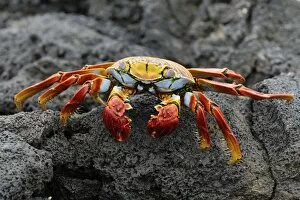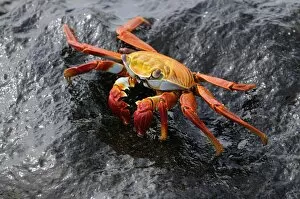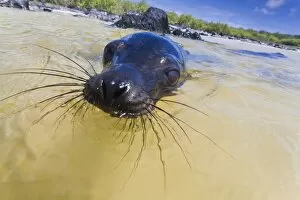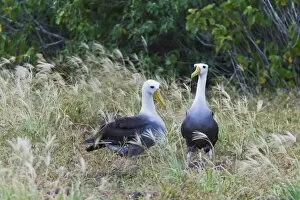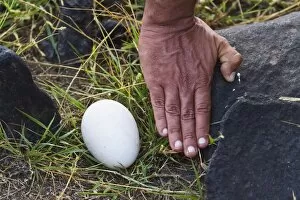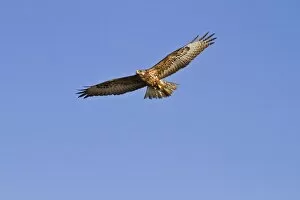Espanola Island Collection (#4)
Discover the enchanting beauty of Española Island, located in the Galapagos Islands of Ecuador
For sale as Licensed Images
Choose your image, Select your licence and Download the media
Discover the enchanting beauty of Española Island, located in the Galapagos Islands of Ecuador. As part of the renowned Galapagos National Park, this island is a paradise for nature enthusiasts and wildlife lovers alike. One can witness the incredible sight of marine iguanas basking on sandy shores, their unique appearance blending seamlessly with the volcanic landscape. The blue-footed booby also calls Isla Española home, showcasing its vibrant blue feet as it gracefully glides through the air. For those seeking adventure beneath the waves, free diving in caves off Española Island offers an unparalleled experience. Exploring these underwater caverns reveals a hidden world teeming with colorful marine life and awe-inspiring rock formations. On land, one encounters another fascinating species - iguanas. These ancient reptiles roam freely across Española Island, captivating visitors with their prehistoric charm. Punta Suarez is a must-visit spot on Española Island where you can observe rare waved albatrosses up close. Witness adorable chicks begging next to their parents' nests or marvel at pairs engaging in intricate courtship dances that showcase their bond and affection. The island's diversity extends to its avian residents as well. Nazca boobies are often spotted preening themselves along Punta Suarez's rugged coastline. Española Island truly encapsulates all that makes Galapagos Islands so extraordinary – breathtaking landscapes, remarkable wildlife encounters, and unforgettable experiences at every turn.






